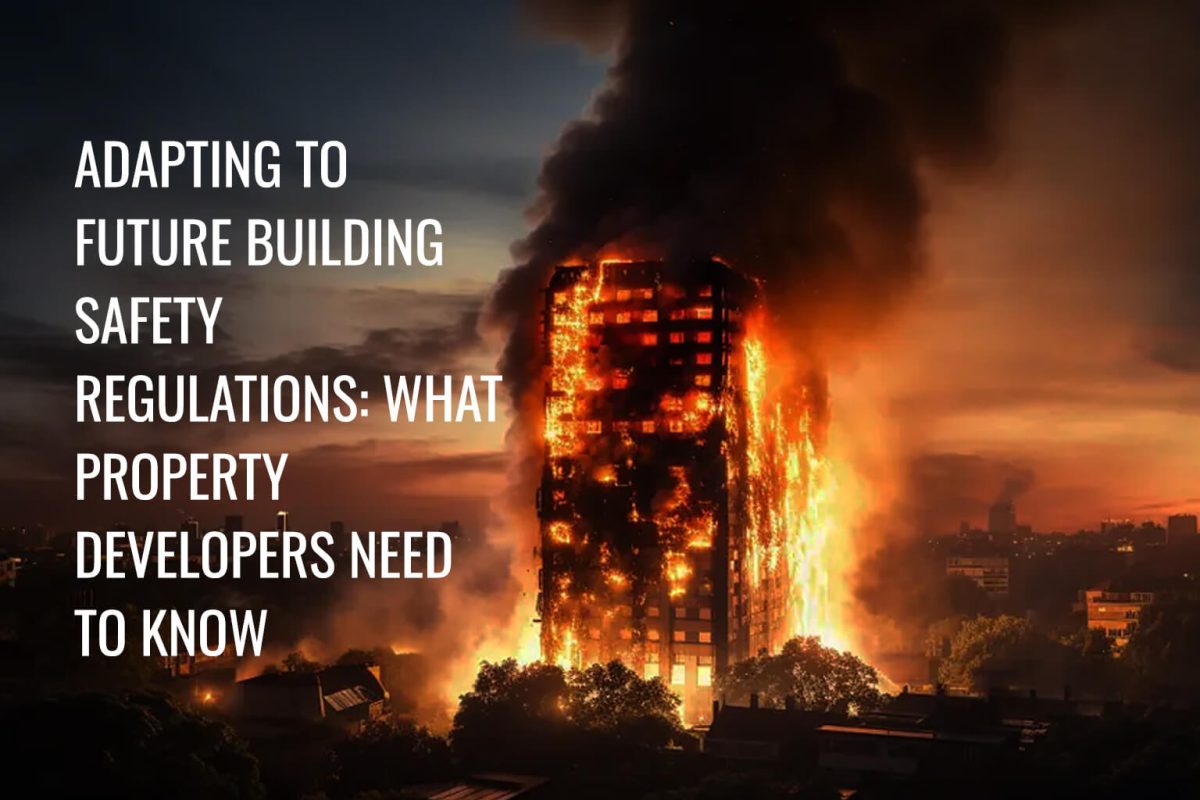In recent years, building safety has become a central issue for property developers in the UK, with significant regulatory changes designed to improve the safety of buildings and protect residents. Following the tragic events of the Grenfell Tower fire in 2017, the government has introduced new laws and standards aimed at ensuring the future safety of residential and mixed-use developments. For property developers, adapting to these future building safety regulations is crucial to remain compliant and avoid costly penalties. This guide will help property developers understand what the new regulations entail, how they can prepare for the changes, and why...
Read More